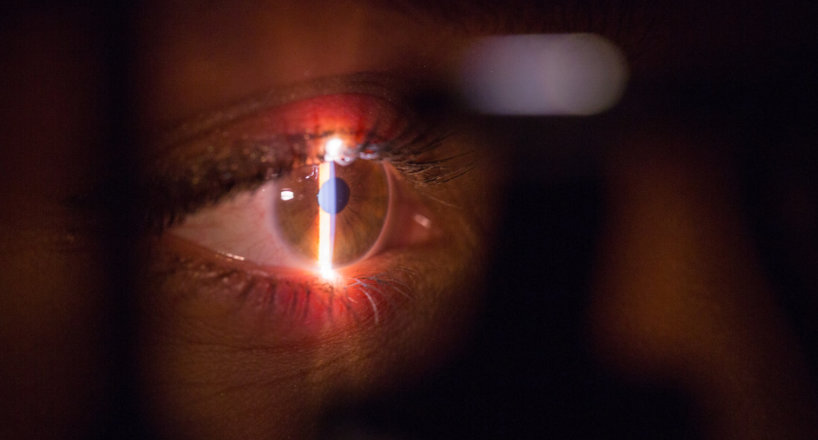Optomap
Optomap is a digital retinal imaging technology used by eye care professionals to obtain a detailed, high-resolution image of the retina. It is a non-invasive and quick test that captures an image of the back of the eye in less than a second, allowing healthcare providers to view the retina without dilation. This technology provides a comprehensive view of the retina and helps detect and monitor eye conditions such as age-related macular degeneration, diabetic retinopathy, and glaucoma, among others. Optomap enables eye care professionals to detect eye problems early and develop an appropriate treatment plan, improving the chances of preserving vision.
How does Optomap work?
Optomap operates by using a high-speed camera to capture an ultra-wide digital image of the retina in less than a second. The patient sits in front of the device and looks into a lens that projects an image onto the retina. The camera then captures the reflection of the image and produces a detailed, high-resolution image of the retina. The process is quick and does not require dilation, making it a convenient option for patients of all ages.
The Optomap image provides a comprehensive view of the retina, including the macula, optic nerve head, and peripheral retina. This allows healthcare providers to detect and monitor eye conditions such as age-related macular degeneration, diabetic retinopathy, glaucoma, and retinal detachments, among others. By detecting these conditions early, eye care professionals can develop a treatment plan to preserve vision and prevent vision loss.

Optomap images can also be stored and compared to previous images, allowing healthcare providers to track changes in the retina over time. This information is valuable in monitoring the progression of eye conditions and determining the effectiveness of treatment.
In conclusion, Optomap is a powerful tool in the early detection and management of eye conditions. Its non-invasive and quick nature makes it a convenient option for patients, and its high-resolution images provide healthcare providers with valuable information to preserve vision and prevent vision loss. If you have not had a recent eye exam, consider asking your eye care professional if Optomap is right for you.